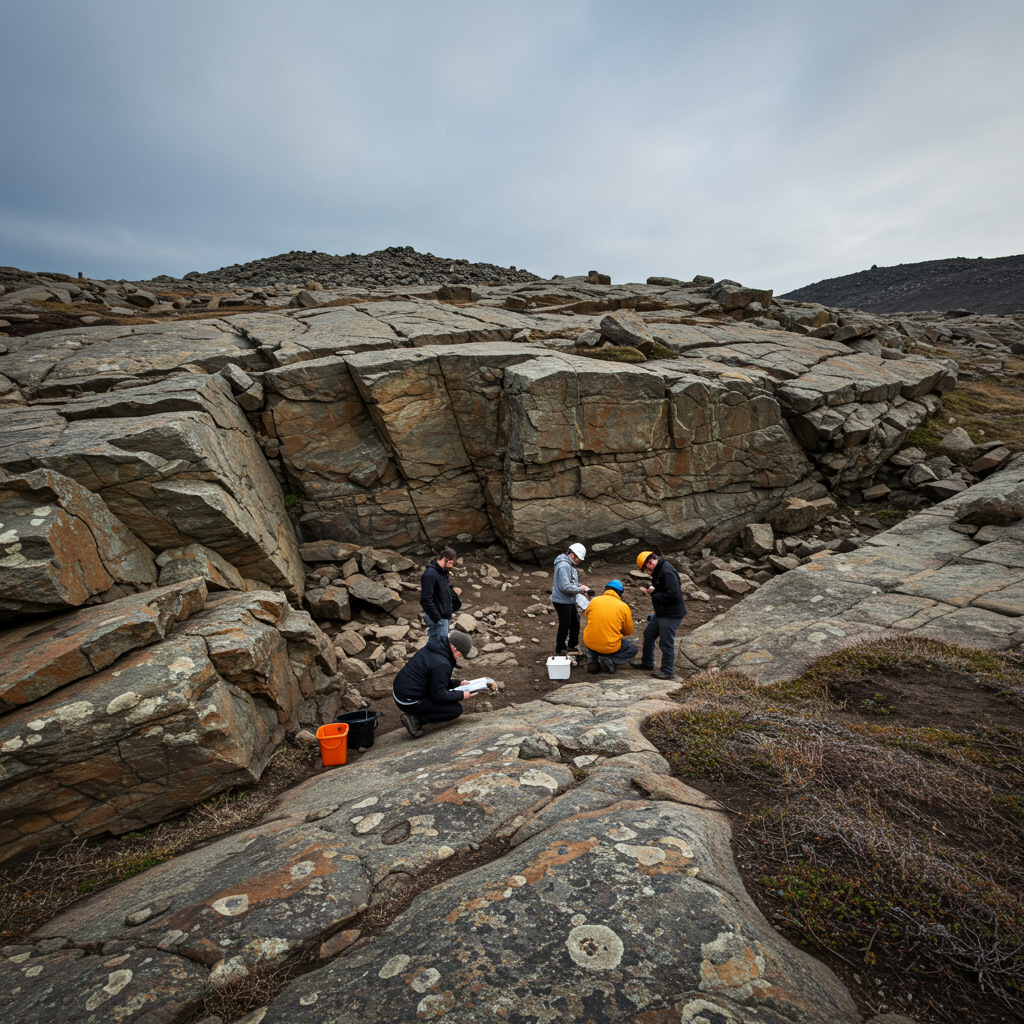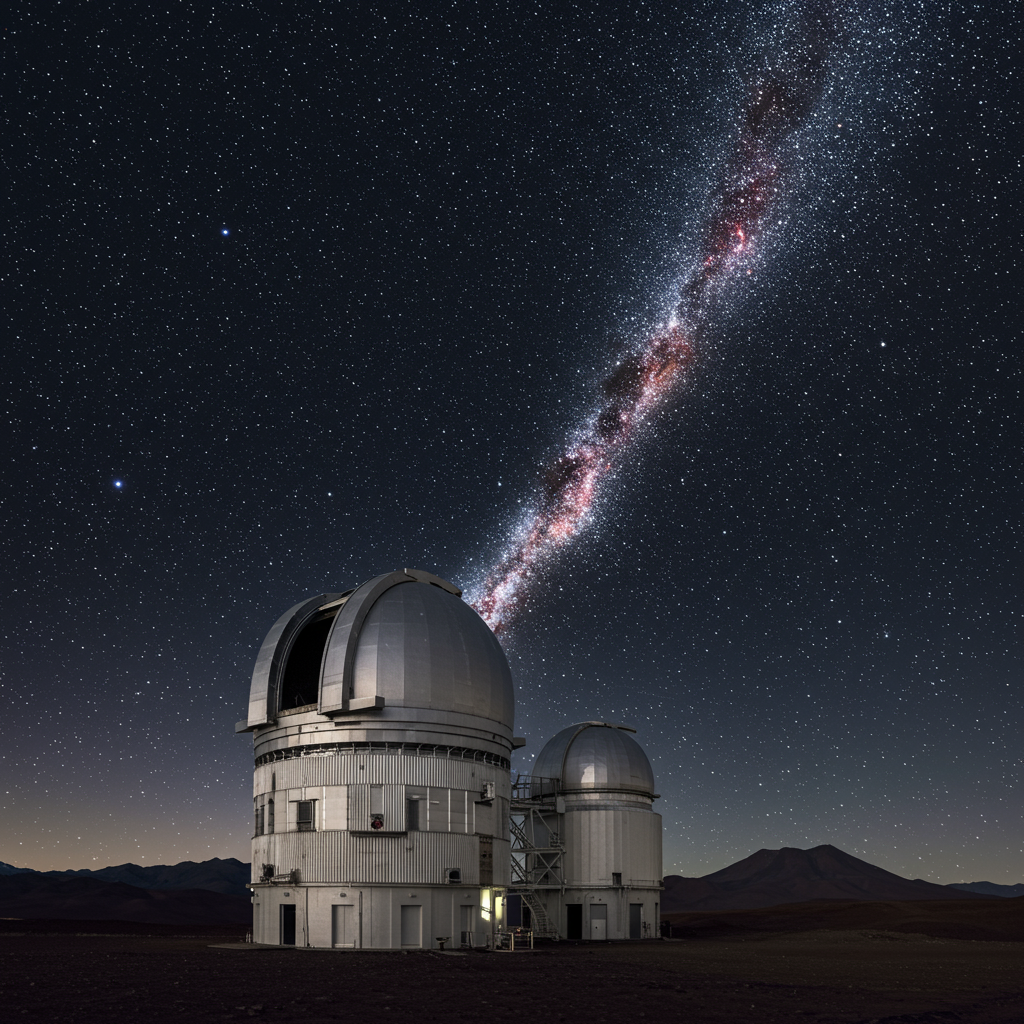Imagine a time when Earth was barely born. A violent, fiery sphere still cooling from its molten origins. For scientists, finding solid ground from this ancient era, known as the Hadean Eon, is like discovering a lost chapter of our planet’s biography. Now, powerful new evidence points to a remote region in northern Quebec, Canada, holding potentially the oldest exposed rock formations on Earth, offering an unprecedented window into our world’s turbulent infancy over four billion years ago.
This groundbreaking claim centers on the Nuvvuagittuq Greenstone Belt (NGB), a rugged landscape within the Canadian Shield near the town of Inukjuak, Nunavik. Geologists first identified these rocks as extraordinarily old in 2008. A research team led by Jonathan O’Neil, then a PhD student at McGill University, proposed an astonishing age of 4.3 billion years. This age placed the NGB rocks firmly in the Hadean Eon, a period previously thought to have left almost no geological record on Earth’s surface due to relentless planetary processes.
The Long Debate Over Ancient Age
The initial 2008 claim that the Nuvvuagittuq rocks were 4.3 billion years old sparked significant scientific debate. Other studies using different dating methods suggested younger ages, ranging between 3.3 and 3.8 billion years. Critics argued that the rocks might be complex mixtures of younger and older materials. This “mixing” could potentially skew dating results. Determining the true age of such ancient rocks is incredibly challenging. Standard dating techniques often rely on minerals like zircon, which are scarce in the NGB’s rock composition. Instead, researchers had to use more specialized methods.
The NGB rocks are primarily metamorphosed volcanic basalt, likely formed on an ancient ocean floor. These rocks lack the zircons commonly used for dating with highly reliable uranium-lead methods. The 2008 study utilized samarium-neodymium (Sm-Nd) dating. This technique measures the decay of specific isotopes over billions of years. Sm-Nd dating is suitable for very old rocks, even those from the Moon or Mars. However, initial Sm-Nd results from the NGB showed discrepancies between different isotopic “clocks.” This lack of agreement fueled the scientific skepticism.
New Evidence Strengthens the Hadean Claim
Jonathan O’Neil, now a professor at the University of Ottawa, has dedicated over a decade to studying the Nuvvuagittuq Greenstone Belt. His persistence has paid off with a crucial new study published in the journal Science. This latest research tackles the age question from a different angle. Instead of focusing solely on the oldest volcanic rocks, O’Neil and his team analyzed younger rocks that formed later. These “intrusion” rocks formed when molten magma cut through the existing NGB layers and solidified.
The logic is simple but powerful: the intrusive rocks must be younger than the rock layers they cut through. By accurately dating the intrusion, scientists can establish a minimum age for the surrounding, older rocks. The new study applied Sm-Nd dating to these intrusive rocks. Crucially, in this analysis, two separate Sm-Nd isotopic clocks yielded the same age: 4.16 billion years. This agreement between the isotopic systems provides much stronger confidence in the dating result.
Proving the Oldest Layer Exists
A confirmed age of 4.16 billion years for the intrusive rocks means the main NGB volcanic formation they intruded must be older still. This age places even the younger intrusion firmly within the Hadean Eon. It strongly supports the original claim that the main NGB belt contains rocks dating back to at least 4.16 billion years, and likely closer to the initial 4.3 billion-year estimate derived from the main volcanic layers themselves. This new data provides compelling evidence that the NGB is indeed a rare survivor from Earth’s very first eon.
Few rock formations on Earth are older than 3.8 billion years. The next oldest widely recognized rock formation is the Acasta Gneiss in Canada’s Northwest Territories, dated to about 4.03 billion years. This technically marks the conventional end of the Hadean. While tiny zircon crystals up to 4.4 billion years old have been found embedded in younger rocks elsewhere, the NGB is considered the oldest exposed, intact rock formation on the planet. It offers a much broader record of early Earth processes than isolated mineral grains.
A Glimpse into “Hell on Earth”
The Hadean Eon, spanning from Earth’s formation about 4.5 billion years ago to roughly 4 billion years ago, gets its name from Hades, the Greek god of the underworld. This period was chaotic and violent. The young planet was incredibly hot, covered in molten lava, and subjected to intense bombardment from asteroids and other space debris. Surface temperatures may have hovered around 230°C. It was a truly hellish landscape.
Finding rocks from this era is exceptionally rare. Most of Earth’s original crust has been destroyed. Relentless geological processes like plate tectonics and erosion constantly recycle and wear away the planet’s surface. The survival of the Nuvvuagittuq Greenstone Belt is remarkable. It acts as a geological time capsule. These ancient rocks provide a unique physical record of conditions that existed over four billion years ago, long before life as we know it began.
What These Ancient Rocks Can Tell Us
Scientists are incredibly excited about the potential insights locked within the NGB rocks. As Jonathan O’Neil explains, these rocks offer a “unique window” into Earth’s earliest time. They can help researchers understand how the planet’s first solid crust formed. They provide clues about the geodynamic processes that shaped the nascent Earth. For instance, the presence of banded iron formations within the NGB suggests ancient oceans may have existed much earlier than previously thought.
Studying the chemical composition of rocks formed from precipitation out of this ancient seawater can reveal details about the composition of Earth’s first oceans. This information is vital for understanding the environmental conditions present billions of years ago. These conditions could potentially shed light on where and how life might have begun on Earth. The NGB rocks offer tangible evidence for reconstructing the Hadean environment. They provide a basis for modeling the complex processes that led from a barren, molten world to one capable of supporting life.
Balancing Science and Preservation
The Nuvvuagittuq Greenstone Belt is located within the traditional territory of the Inuit people, near the community of Inukjuak. The increasing scientific interest in the NGB rocks has raised concerns among the local community. The Pituvik Landholding Corporation manages the land on behalf of the Inuit. They have voiced worries about potential damage to the landscape caused by scientific sampling in the past. Reports of large chunks of rock being removed have led to a pause in further rock collection from the area.
The community wants protections in place to ensure research is conducted using only non-invasive techniques going forward. They understand the scientific importance but prioritize preserving the land. Jonathan O’Neil has expressed support for this decision. This situation highlights the critical need for collaboration and respect between the scientific community and Indigenous peoples when conducting research on traditional lands. Future studies of these invaluable rocks will likely rely on analyzing previously collected samples and developing new, less intrusive technologies.
Frequently Asked Questions
What are the Nuvvuagittuq rocks and why are they important?
The Nuvvuagittuq rocks, found in northern Quebec, Canada, are believed to be the oldest exposed rock formation on Earth, dating back to at least 4.16 billion years ago. Their importance lies in providing a rare physical record of the Hadean Eon, the period from Earth’s formation (4.5 billion years ago) to roughly 4 billion years ago. Studying these rocks offers unique insights into early Earth conditions, like the formation of the first crust and oceans, and the potential environment where life began.
How did scientists determine the age of these ancient rocks?
Scientists used radiometric dating techniques, specifically the samarium-neodymium (Sm-Nd) method. Unlike more common methods using zircon crystals, Sm-Nd dating is suitable for the Nuvvuagittuq rocks, which lack zircons. The latest study dated younger rocks that intruded into the main formation. By confirming these intrusions were 4.16 billion years old using two agreeing isotopic “clocks,” they proved the surrounding main rocks must be older, supporting the claim that the main belt is a survivor from the Hadean Eon.
Where are the world’s oldest rocks located and are they accessible?
The rocks believed to be the world’s oldest exposed formation are located in the Nuvvuagittuq Greenstone Belt near Inukjuak, Nunavik, in northern Quebec, Canada. This area is on Inuit traditional land. While the scientific community is highly interested, further invasive rock sampling has been paused due to concerns from the local Pituvik Landholding Corporation about previous damage to the land. Future research will likely rely on non-invasive techniques and studying existing samples, respecting the community’s wishes for preservation.
Unlocking Earth’s Deep Past
The confirmation of the Nuvvuagittuq Greenstone Belt’s extreme age represents a significant milestone in geology. These rocks are more than just old; they are a tangible link to the forces and conditions that shaped our planet billions of years ago. They challenge previous assumptions about the Hadean Eon. They offer tantalizing clues about the early existence of oceans and the potential for life’s emergence. As research continues, these Canadian rocks, managed with respect for the land and its people, will undoubtedly help scientists piece together the complex, dramatic story of Earth’s distant past.




